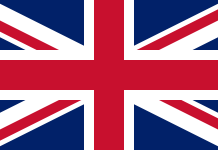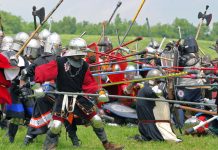May Day, celebrated on 1st May, is a national holiday in more than 80 countries including Brazil, China, Japan, India, Malaysia, Germany, Portugal, Spain, Ireland, Finland, Sweden, Italy, France, UK, Hungary, Poland and Russia, and is unofficially celebrated in many more.
Its official title is International Workers’ Day, although it is also known as Workers’ Day or Labor Day. It was designated in 1891 to commemorate the Haymarket Massacre at Chicago on May 3rd 1886, where police fired on and killed workers demonstrating in support of an eight hour day, and it celebrates the rights of workers to organise and protest.
May Day is also an ancient pagan feast day with roots stretching back to the festival of flowers in ancient Rome, in celebration of the Roman goddess Flora. It is known in Central and Northern Europe as Walpurgis Night, and in Gaelic counties as Beltane. It was part of the pagan cycle of spring celebrations which began with the birth of spring animals, celebrated in April, and culminated with the flowering of the trees in May.
Pagan Traditions in May Day History

May Day is a cross quarter day like November 1st, falling exactly half way between a solstice and an equinox, and as such was celebrated in pre-Christian Europe as were all four cross quarter days. Traditional ways of celebrating include bonfires and wild parties on its eve, village fetes and community events on the day, dancing, particularly around a Maypole, and the crowning of a May Queen.
In Maypole dancing, long ribbons are attached to the top of the pole, with each dancer taking hold of the end of a ribbon. As the dance progresses, intricate patterns are formed and reformed by the ribbons, which finally wrap the pole entirely. In England, Morris Dancers, troupes of male dancers wearing bells and red and white costumes also traditionally perform on May Day.
In Germany, Estonia and the Czech Republic, Walpurgis Night is associated with witches. Witches are burned in effigy and sometimes people dress up as witches. In Finland and Sweden, great bonfires are lit, and the alcohol flows at all night parties, typically celebrated by students, who may also play pranks on that night.
May Day in Cornwall, England
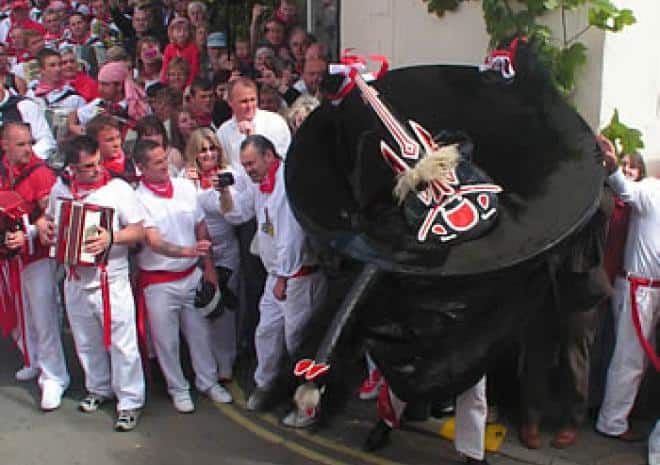
Some of the oldest May Day customs are still observed in Cornwall, a south west county of England which prides itself on maintaining its Celtic heritage. In the fishing town of Padstow, ‘’Obby ‘Oss” day is believed to be one of the oldest fertility rites in the UK.
The whole town is decorated with springtime greenery and revellers dance through the streets with the “Oss” or Hobby Horse, while followers dressed in white with red or blue sashes accompany them singing traditional May Day songs. Thousands throng the streets to watch. Similar celebrations are held in the fishing towns of Penzance and St Ives.
Christian Traditions of May 1st
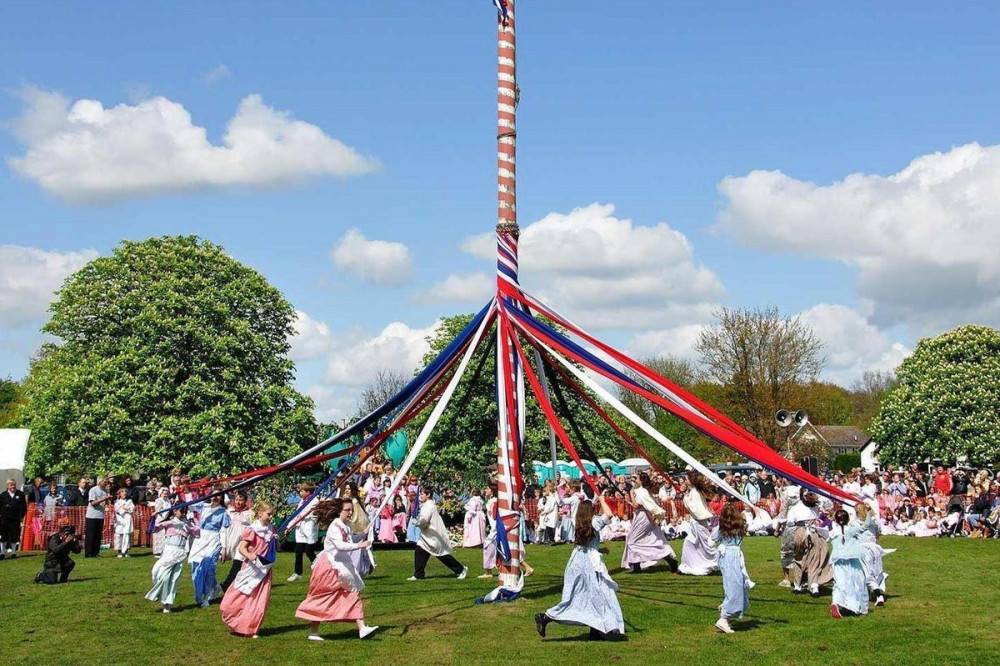
As it was a feast day for agricultural workers, St Philip and St James, whose saint’s days fell on May 1st, became the patron saints of workers. A Christian mass, Roodmas, was celebrated at midnight on May 1st. In Roman Catholic tradition, May is observed as Mary’s month, and pictures and icons of the Virgin may show her head adorned with a crown of May flowers.
The German tradition of Walpurgis Night celebrates Saint Walburga, canonised on May 1st 870, for all that Walpurgisnacht is also the night when witches were supposed to meet on the Brocken mountain to await the arrival of spring.
Thus Satanists, Pagans and Christians all celebrated on 1st May. But in 1891 a new dimension was added to the ancient spring festival.
May 1st Becomes International Workers’ Day in 1891
In much the same way that the Christian Council of Nicea declared in 325 that the pagan early spring festival of Easter would now celebrate the resurrection of Christ, the Socialist Second International declared May Day International Workers’ Day in 1891. It was dedicated in honor of the Chicago packers killed while demonstrating for an 8-hour day in 1886, and the workers of all countries were called on to stop work on May 1st to demand the legal establishment of an 8-hour day, workers’ rights and world peace.
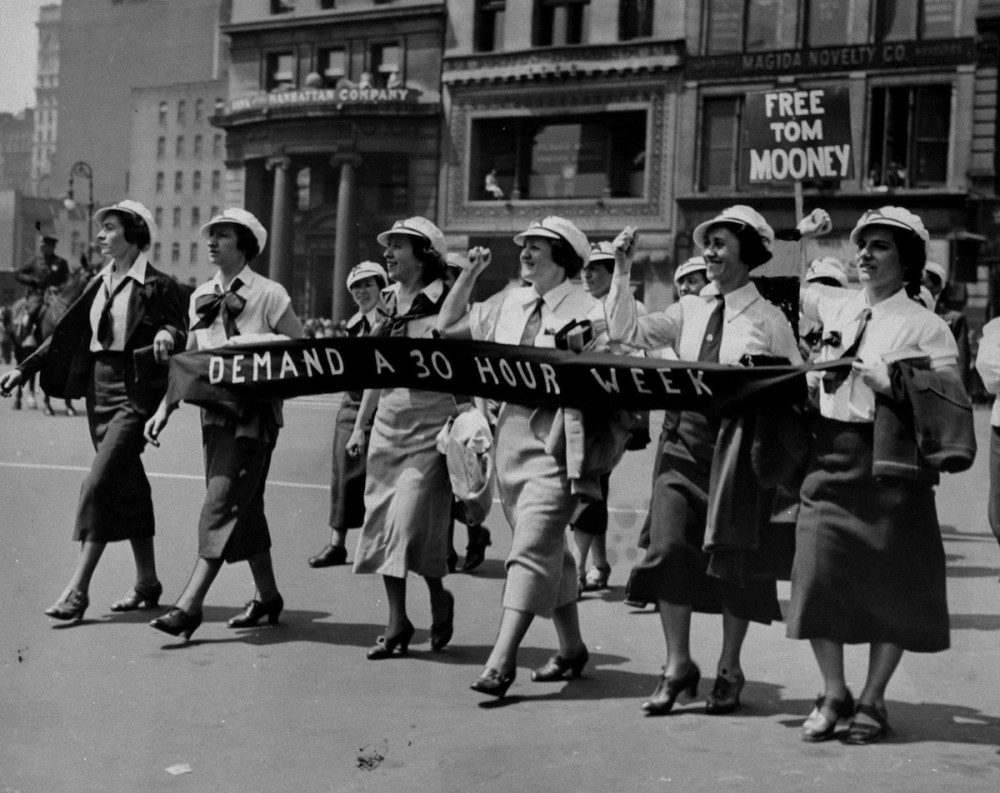
The efforts to make May 1st a legally recognised workers’ day were largely successful. In many countries, traditional May Day celebrations now take part alongside trade union marches, parades, peaceful protests, demonstrations, concerts, celebrations of the workers’ movement and sometimes riots. In most countries the demonstrators are predominantly left wing but in others, right wing groups have also marched on May Day. The support of the organized Labor movement for the rights of immigrant workers is often a strong focus.
The rights to an eight hour day were gradually won. In some countries, the May Day workers’ holiday is seen as an opportunity to take advantage of the extra leisure time earned by the protest movement, rather than an opportunity to march or demonstrate. This is true in Japan, where the day falls between two other state holidays and thus gives workers an uninterrupted stretch of leisure and family time; something rare in the corporate driven culture of Japan.
The huge state displays that accompanied May Day in the former Soviet Union have become far more low key, with groups of workers now using the day to protest grievances. Cuba, North Korea and Vietnam still hold military parades and displays on this day.
The United States and Canadian Governments Refuse to Recognise May Day
The United States government was among only a handful of nations that refused to recognise May Day as International Workers’ Day. In 1887 President Glover Cleveland feared that it would be used as an excuse to commemorate the Haymarket riots, and supported calls from the anti-radical Knights of Labor for Labor Day to be fixed on the first Monday in September.
May Day was viewed as a Communist celebration, and May 1st was instead celebrated in the USA as Americanization Day, changing to Loyalty Day in 1949, also becoming Law Day in 1958. The Canadian Prime Minister John Thompson also fixed Canada’s Labor Day as the first Monday in September in 1894.
What is the Future of May Day in North America?
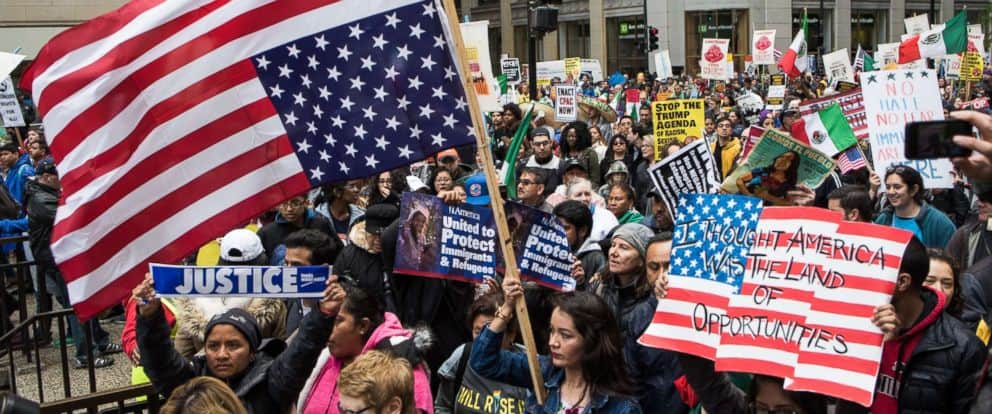
The left wing of the Labor movement in both Canada and the USA has attempted to keep the May Day tradition alive, notably in history during the Great Depression in the 1930s. In recent years, the day has become a focus for protests over immigrants’ rights, workers’ rights, the anti-war movement and amnesties for undocumented immigrants. In 2010 protests focused on the widely condemned Arizona Immigration Law.
By contrast, for the majority of Americans the Labor Day in September is a holiday to be spent with family and friends. Cut off from the vibrancy of ancient links with pagan spring fertility rites and from the fervid internationalism of the worldwide workers’ movement, it marks the end of summer and the return to college and school. The fruits of the struggle are enjoyed but a Labor Day in September is no May Day, and bears no germinating seed within it.
https://www.youtube.com/watch?v=QYc6p1c5__E






